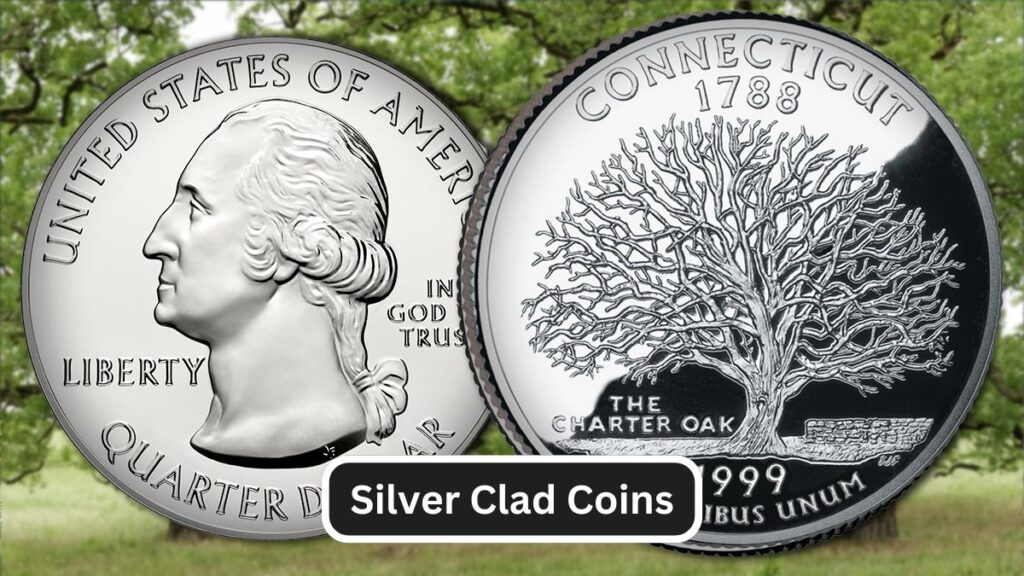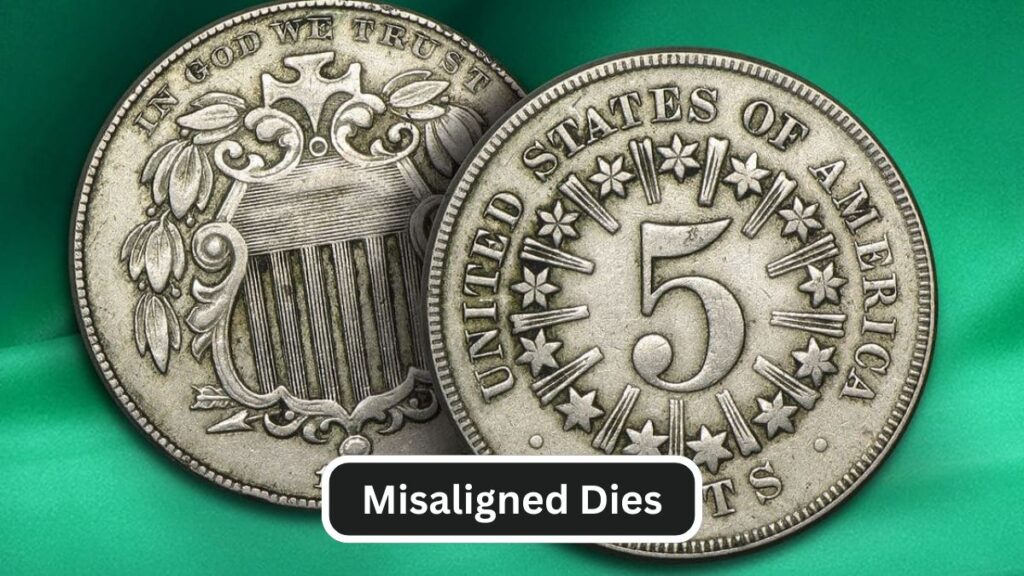The 1976 Bicentennial Quarter is one of the most famous coins in American history. Released to celebrate the United States’ 200th birthday, these quarters have unique features that can make them worth more than their face value. Collectors are always on the lookout for special editions or rare coins that have hidden features. In this article, we’ll take a look at six such features that could make Bicentennial Quarters worth big money.
1. Proof Coins

Proof coins are specially made coins with a high level of detail and a shiny finish. The 1976 Bicentennial Quarters were minted in proof versions, which are often more valuable than regular ones. These coins are made for collectors and have a mirror-like appearance that makes them stand out. If you have one, it could be worth much more than the standard 25-cent value.
2. Mint Errors
Mint errors happen when something goes wrong during the coin’s production, making the coin unique and sometimes more valuable. For example, if a coin is double-struck or has a wrong design, collectors may pay top dollar for it. If your 1976 Bicentennial Quarter has any mint errors, it could be worth hundreds or even thousands of dollars.
3. Silver Clad Coins

While most Bicentennial Quarters were made from copper-nickel, a few were made with a special silver clad. These silver-clad coins are rarer and can be worth significantly more. If you have one, you’re holding onto a valuable piece of history.
4. High-Grade Coins
The condition of a coin is very important when determining its value. High-grade coins, which are in excellent condition with few scratches or damage, are worth much more than coins that show signs of wear and tear. If you come across a 1976 Bicentennial Quarter that looks almost brand new, it could be a valuable find.
| Feature | Description | Why It’s Valuable |
|---|---|---|
| Proof Coins | Specially made coins with a mirror-like finish for collectors, not for circulation. | Higher quality and limited availability make them more valuable. |
| Mint Errors | Errors during the coin’s production, such as double striking, off-center designs, or missing elements. | Mint errors make a coin unique, rare, and more valuable to collectors. |
| Silver-Clad Coins | Some 1976 Bicentennial Quarters were made with a silver-clad design, unlike the standard copper-nickel version. | Silver content increases the value, as silver is more valuable than copper-nickel. |
| High-Grade Coins | Coins in excellent condition with minimal signs of wear or damage. These are professionally graded based on their condition. | The higher the grade, the more valuable the coin due to its pristine condition and rarity. |
| Misaligned Dies | A minting error where the design is off-center due to improper alignment of the metal strip during the coin’s production. | This creates a rare, unique coin that collectors value for its distinctiveness. |
| Mint Marks | Letters indicating where the coin was minted, such as “D” for Denver or “S” for San Francisco. | Certain mint marks, like “S” or rare combinations, can increase the value due to their scarcity. |
| Design Features | The coin features a unique reverse design to commemorate the 200th anniversary of the United States, including a drummer boy and Liberty Bell. | The special design and historical significance make these coins valuable, especially if the details are well-preserved. |
5. Misaligned Dies

Misaligned dies occur when the metal strip used to make the coins isn’t lined up properly. This mistake creates a coin with a design that’s off-center, which can make it a rare find. If you have a 1976 Bicentennial Quarter that appears to have an off-center design, it might be worth more to collectors.
6. Special Mint Marks
Bicentennial Quarters were minted in different locations across the U.S., and some quarters have special mint marks. For example, coins with a “D” mint mark were made in Denver, while “S” mint marks indicate coins made in San Francisco. Some mint marks are rarer than others, so make sure to check if your coin has one that could make it more valuable.
FAQs
What is a 1976 Bicentennial Quarter?
The 1976 Bicentennial Quarter was released to commemorate the 200th anniversary of the United States. It features a unique reverse design with a drummer boy and a representation of the Liberty Bell.
What are proof coins, and why are they valuable?
Proof coins are specially made with a high-quality, mirror-like finish. They are produced for collectors and are often more valuable than regular circulation coins because of their superior quality and limited availability.
How can I tell if my Bicentennial Quarter has a mint error?
Mint errors occur during the coin’s production process, such as double striking or incorrect designs. To identify mint errors, closely inspect your coin for any unusual features, like a design that is off-center or double-stamped.
How can I identify a silver-clad 1976 Bicentennial Quarter?
Most Bicentennial Quarters were made with a copper-nickel composition, but some were minted with a silver-clad design. You can determine if your quarter contains silver by checking its weight (it should weigh around 6.25 grams) and looking for a shiny, silver appearance.
What makes a high-grade Bicentennial Quarter valuable?
High-grade coins are in excellent condition, with minimal signs of wear or damage. These coins are often graded by professionals, and the higher the grade, the more valuable the coin can be. Look for coins with no scratches, discoloration, or obvious signs of use.
Bicentennial Quarters are more than just coins—they are a piece of American history. From proof coins to mint errors and special features, these quarters can be worth much more than their face value. If you’re lucky enough to own one with any of these hidden features, you could have a valuable collectible on your hands. Always check your 1976 Bicentennial Quarters closely, as they could be worth big money to the right buyer.













